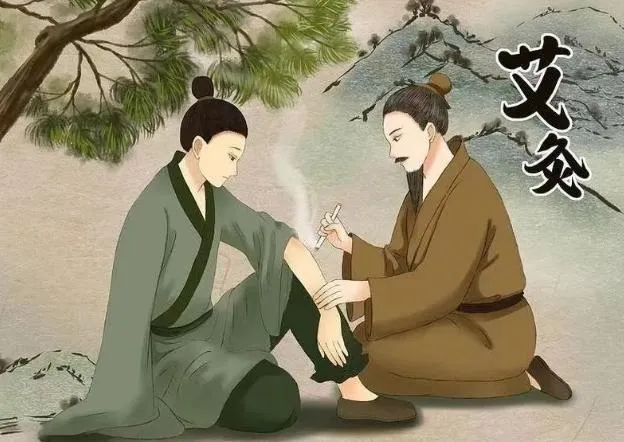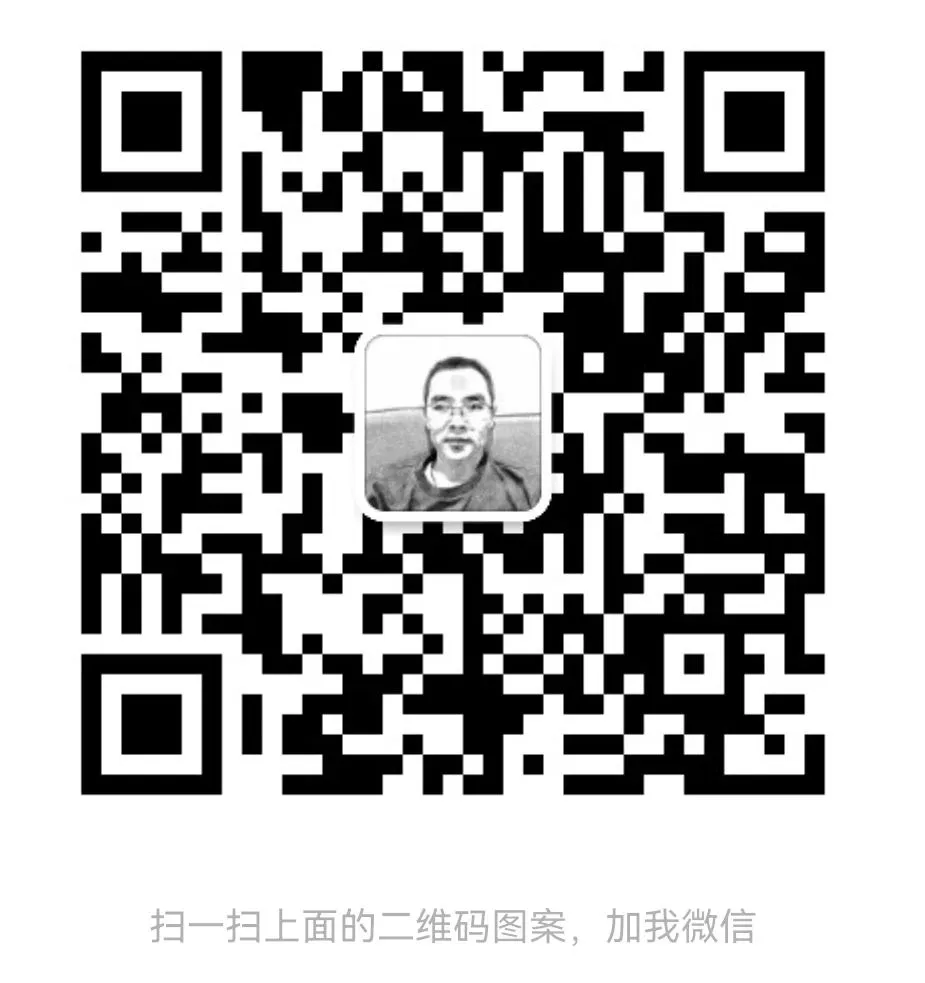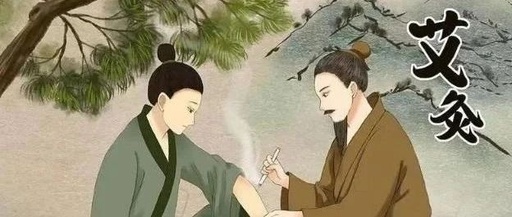
During this period, we have used eight articles to discuss the acupoint selection for moxibustion. These articles basically cover all the methods of acupoint therapy in Traditional Chinese Medicine (TCM), which may be a bit overwhelming for those without a background in TCM.To help beginners who are new to moxibustion quickly get started and learn some home remedies for common ailments, I have summarized a very simple acupoint selection method based on years of experience.By following these few steps, you can basically master the conventional acupoint selection.Once you have some experience with moxibustion and understand some basic TCM knowledge, you can further engage in differential diagnosis and treatment, selecting acupoints for moxibustion.Learning is inherently a process that progresses from shallow to deep, and dedicating some time for the health of yourself and your family is definitely worthwhile.Here, I present the five-step acupoint selection method, which I recommend to everyone. As long as you follow these five steps to select and match acupoints, you can not only address some common ailments but also avoid major pitfalls in moxibustion.When beginners first encounter moxibustion, they generally apply moxibustion to the area where there is pain. I believe many people start this way, and some even achieve good results.This is the first step: Moxibustion on the Ah Shi point.No matter what the ailment is, first locate the painful area and press on it to see if it hurts. If the patient says, “Ah, yes,” then this acupoint is called the Ah Shi point.It refers to pressing on the area where there are symptoms or reactions, which is called the Ah Shi point. For example, pain, soreness, swelling, numbness, etc. As long as there is a reaction, moxibustion on this point will be effective.It is important to note that moxibustion on the Ah Shi point has a drawback; if there is an issue with the internal organs, and the Ah Shi point is on the trunk, long-term moxibustion may lead to excessive heat. Therefore, it should be combined with the principle of treating the trunk and lower limbs that we discussed earlier.For example, if a person has lower back pain, while moxibustion on the painful point, also combine it with Weizhong (Bladder 40) because the lower back is treated at Weizhong, as mentioned in the article on the 24 essential acupoints.The second step is to determine whether the disease is systemic or simply a local issue.If it is a problem with the limbs, it is generally a local issue, such as knee arthritis, tennis elbow, shoulder periarthritis, etc. Moxibustion on the local painful points will yield good results.If it is a systemic disease, such as rheumatoid arthritis or hyperthyroidism, which belong to systemic immune issues, we need to consider enhancing the body’s immune function.Here are some commonly used acupoints to enhance immune function: Dazhui (Du 14), Quchi (LI 11), Guanyuan (Ren 4), Zusanli (ST 36), Sanyinjiao (SP 6), Shenque (Ren 8). Whether you are sick or not, regularly moxibustion on these acupoints can enhance the body’s immunity.The third step is to check if it is a chronic disease.If it is, there are two acupoints that can be used: Zusanli (ST 36), as it is a major acupoint for regulating the entire body and promoting overall health. Chronic patients often experience a depletion of vital energy, so we also select the second acupoint: Guanyuan (Ren 4).Therefore, if it is a chronic disease, check for any local symptoms. If there are local symptoms, use the Ah Shi point along with Guanyuan and Zusanli, which is suitable for chronic diseases.The fourth step is to consider experience acupoints.What are experience acupoints? For example, the commonly used Zhiyin (BL 67) for turning the fetus, Yinbai (SP 1) for abnormal uterine bleeding, and Dadu (SP 2) for various conditions. For nausea and vomiting, we use Neiguan (PC 6), and for clearing heat, we use Yongquan (KD 1) and Dazhui (Du 14) for lowering blood pressure, etc.The fifth step, which is also the most important, is to determine if it is an internal organ disease.If it is an internal organ disease, the Ah Shi point only addresses the symptoms and not the root cause. Therefore, we need to select acupoints related to the organs to treat the root cause.This should be combined with the Shu and Mu therapy and the twelve source acupoints we discussed earlier.For example, for heart issues, combine Shanzhong (Ren 17) with Xinshu (BL 15) and Shenmen (HT 7).For spleen and stomach issues, use Zhongwan (Ren 12). If the reaction point or pain point is higher, we can choose Shangwan (Ren 10), and if lower, we select Xiawan (Ren 13), combined with Pishu (BL 20) or Weishu (BL 21), Zusanli (ST 36), Taibai (SP 3), and Gongsun (SP 4).We need to identify the acupoints related to the organs and then match them with the corresponding Shu points on the back for good results.This is an introductory moxibustion method for those just starting with moxibustion, and I hope it can be helpful to you.When one person understands moxibustion, the whole family benefits.For more questions about moxibustion, please scan the QR code below to add me on WeChat for consultation. Please like and share to benefit more people!
Please like and share to benefit more people!

